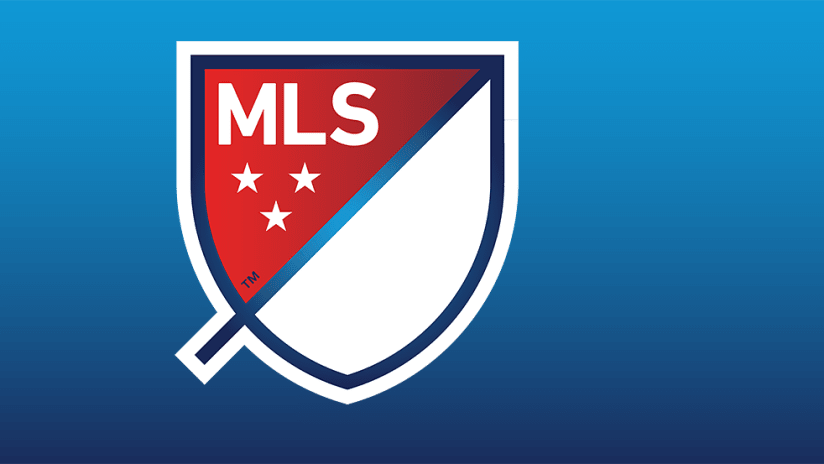It's not just rain, thunder, lightning, and snow that can wreak havoc on an MLS match. Major League Soccer has policies in place for heat, too, and extreme conditions may lead to water breaks or even match postponement. More details on the league's policies and guidelines follow below.
How is the temperature measured?
It’s measured by Wet Bulb Globe Temperature (WBGT), and not “regular” temperature or heat index. The WBGT is a more involved measurement, which takes into account how stressful the heat would actually be for a player. It includes temperature, humidity, wind speed, sun angle, and cloud cover (solar radiation).
How does that differ from the heat index?
The heat index only takes into account temperature and humidity. WGBT considers even more factors that could make playing physically difficult or even dangerous. As such, a WGBT measurement could be much lower than a regular heat index measurement, but still necessitate special heat procedures.
How many water breaks will there be in a match?
The threshold for mandatory hydration breaks occurs at 82 F on the WBGT and will take place at approximately the 30th and 75th minute of the match. The referee can also call extra breaks whenever he deems appropriate.
Could heat delay the match?
The WGBT is usually measured twice during the match; in extreme heat, the referee will add a third measurement. The first measurement will occur approximately 60 minutes prior to the start of the match.
Here’s how that measurement could affect the game’s timeline:
- If the WBGT temperature reads less than 92.3 F, there will be no change to the current scheduled timeline.
- If the WBGT temperature reads at or above 92.3 F, the match will go into a delay. Similar to a severe weather delay, the match will not start or resume until it is safe to do so. During a delay, the referees will periodically take measurements until the temperature is safe.
- If the WBGT taken 60 minutes before the game is less than 92.3 F, then everything will continue as normal. Referees will take the second WBGT reading immediately after the conclusion of pre-match warm-ups. If that reading meets or exceed 92.3 F, then the game will be delayed as above.
- If the WGBT is safe after pre-game warm-ups, the game will kick off as scheduled. The referees will then take the third WBGT reading immediately following the referee’s whistle to end the first half of play. If the WBGT reading meets or exceeds 92.3 F, then the same delay procedures will go ahead.










